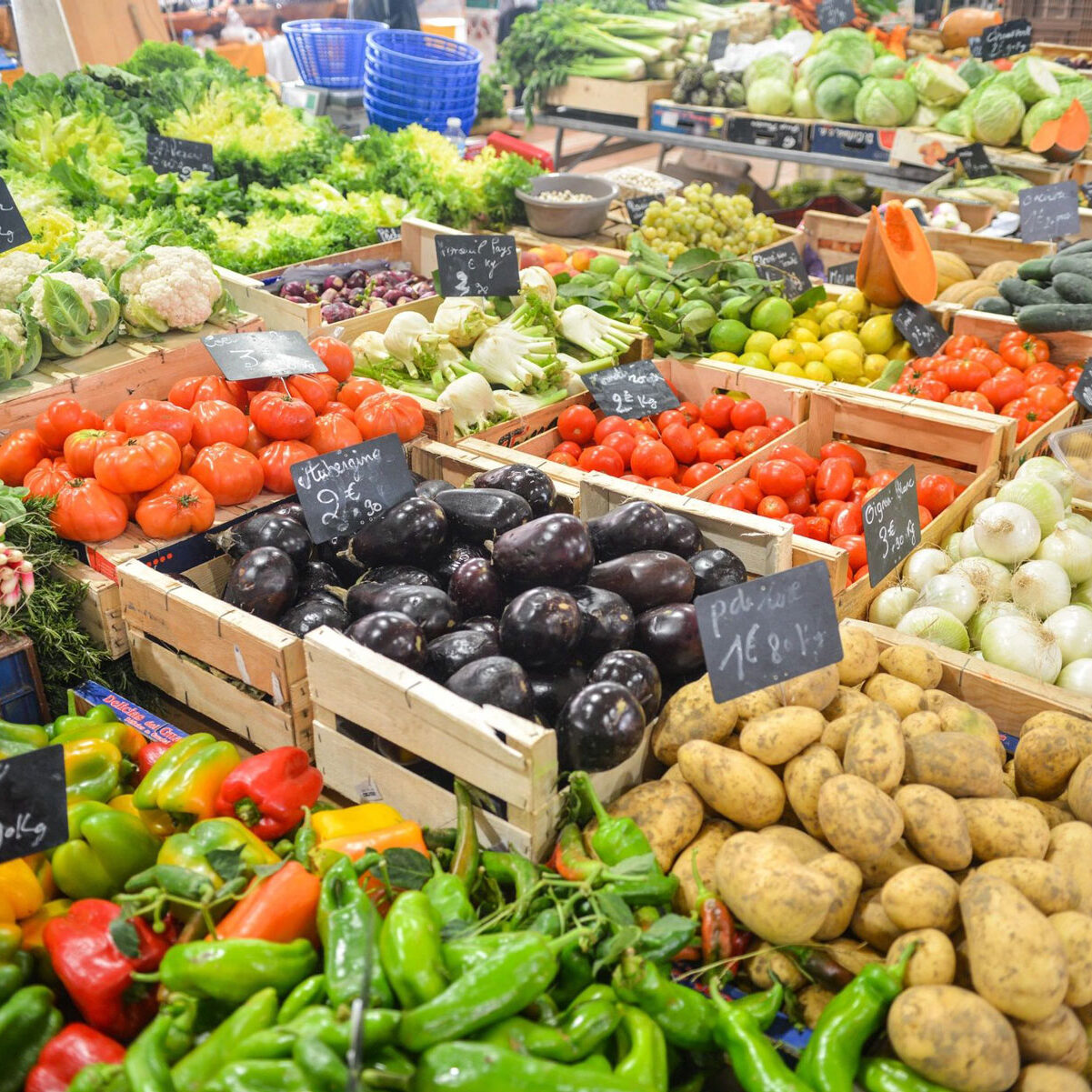The mission of Big Medicine, NFP is to promote sustainability and green economics education by operating a thrift resale shop as a funding source and a dual purpose. When the general public donates and buys resale items they are participating in GREATLY slowing down the environmental degradation that is the result of resource extraction including mining, logging, and harmful pesticides used in toxic conventional production of cotton, etc. Air, water, ground water, soil, food, human health, wildlife, & wildlife habitat are all also greatly helped by reducing virgin resource extractions. Landfill and incineration are also greatly reduced when many of our donors who may have procrastinated and missed being able to get on the schedule of the bigger thrift resale companies, are able to call us for a quick response instead of haul off services, which are also very environmentally unsustainable and ecologically destructive. People in a bind on time are often more than half of our donors – it is the who and the why of how we came to exist, because of our ability to be nimble and flexible to accommodate their donation pickup requests.
Founded in 2004 Big Medicine, NFP promotes prescriptions for a sustainable planet through highlighting sustainable practices and market aware solutions via our website, community discussions, and daily conversations.
Starting in 2010 we began operating and maintaining a brick and mortar thrift resale shop where our team sources, protects, moves, transports, repairs, restores, sorts out resalable from non-resalable items, maintains, displays, sells, & delivers furniture. We pick up furniture and other donations from all over Chicago land including from downtown high rises and huge mansions of the north shore suburbs, and so many points in between.


